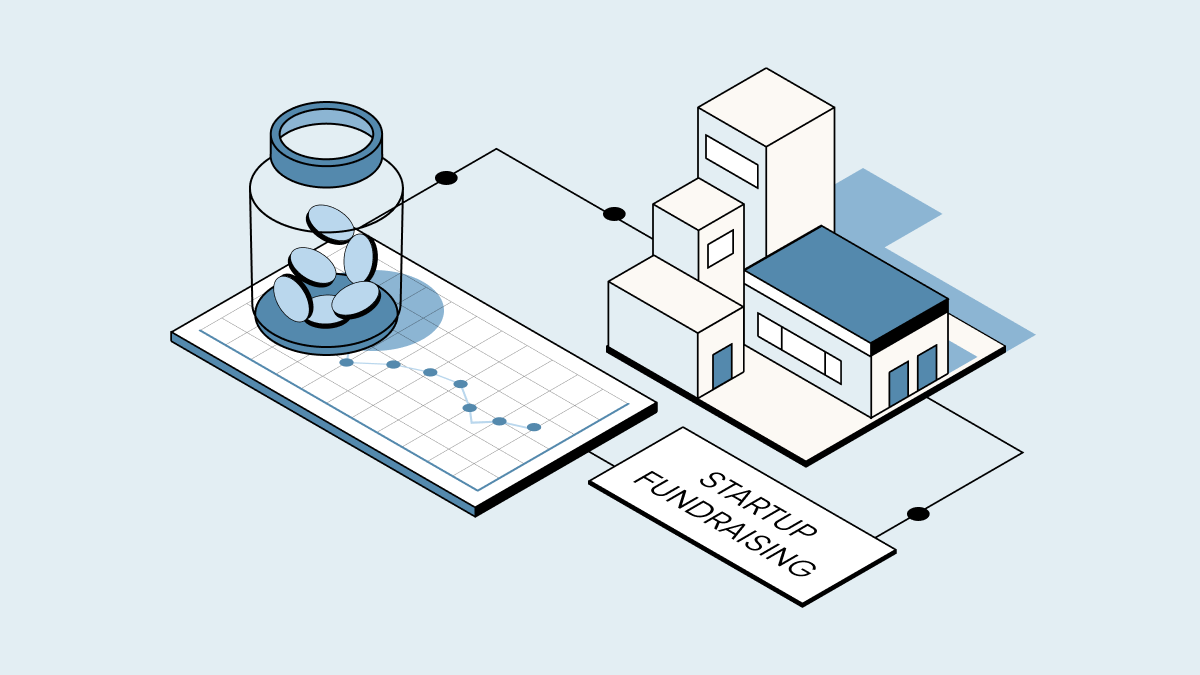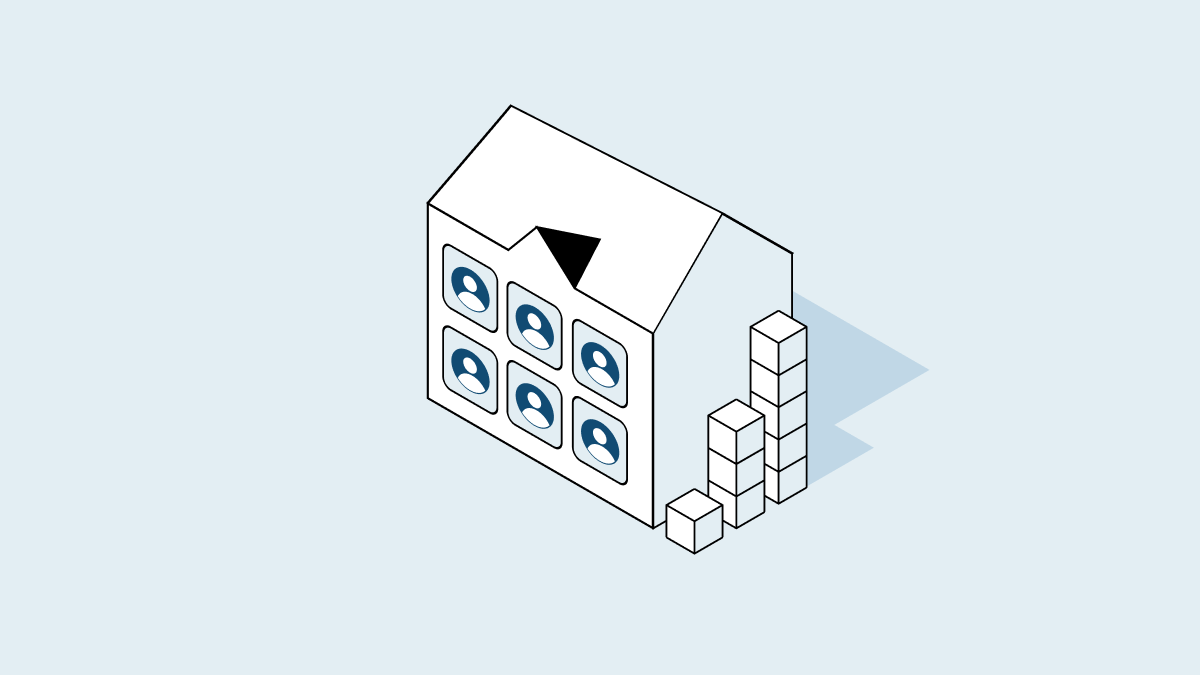At one time, the seed round was the first fundraising round for most startups. But over the last decade, as the startup ecosystem grew and seed rounds became larger, the “pre-seed” round became more common. What exactly defines a “pre-seed” round, though, is still up for debate.
What is pre-seed funding?
Pre-seed funding is the earliest investment a startup receives. Startup investment is divided into rounds, which include seed, Series A, Series B, and so on. Pre-seed funding is any funding that comes before the seed round. Beyond that, there is not much consensus in the startup community as far as the definition of “pre-seed funding.”
Defining “pre-seed”
Historically, Carta defined pre-seed funding as funding before a company’s first priced round. Most pre-seed funding comes in the form of convertible instruments, like SAFEs (Simple Agreements for Future Equity). But some companies now raise early priced rounds, which they refer to as pre-seed.
Some definitions include angel investment and “friends and family” rounds under the umbrella of “pre-seed” investment, while other definitions separate these, defining only institutional money as pre-seed funding. Our goal is not to get lost in semantics, but instead provide robust resources for the type of funding available to early stage startups, to ultimately help founders find the right investors. For that reason, this article will outline types of pre-seed funding, and ways to raise it, with the broadest possible scope.

Types of pre-seed investors
There are a number of sources of pre-seed funding available, depending on your company circumstances.
Friends and family
A “friends and family” funding round is when an early-stage startup raises initial capital from the personal network of the founders. Friends-and-family investors are often betting on what they know about the founder rather than what they know about the vertical or industry.
The ability to raise money from friends and family is certainly not available to all entrepreneurs and likely contributes to continued inequity in the startup ecosystem. Availability depends on the assets and liquidity within your personal network. If a friends-and-family round isn't in the cards for your startup, know that there are other options, and a startup doesn't need to raise a friends-and-family round to succeed. Many successful startups did not raise money from the founders’ families. The rest of this article will outline other sources of funding.
Angel investors
Often former entrepreneurs themselves, angel investors are high-net-worth individuals who invest their own money. Angel investors typically focus on pre-seed and seed investment.
Angels must be accredited investors, meaning they meet certain criteria including $1 million in net worth, $200,000 in annual income, or proof of certain financial knowledge.
Angel syndicates
A syndicate is a group of people who combine their resources to make a single investment in a company through special purpose vehicles (SPV). For pre-seed funding, SPVs are legal entities that enable multiple angel investors to pool capital and make an investment in a company.
Crowdfunding
Equity crowdfunding is the process of collecting small contributions from many people, typically through online crowdfunding platforms. Some crowdfunding websites specialize in fundraising for businesses and can get the pitch out to a large group of general investors ( unaccredited investors included).
Examples of crowdfunding sites include Republic, Fundable, and Microventures.
Accelerators and incubators
Accelerators and incubators are programs that can provide guidance, mentorship, and access to funding for startups in exchange for an equity stake in the company. Some accelerators and incubators make direct cash investments in the startups they support, while others connect founders to other potential investors.
Accelerator programs, which require startups to apply for participation, typically run a few months and conclude with a demo day when startups present their ideas to peers and potential investors. Examples of accelerators include Y Combinator and Techstars.
Incubators help startups in a similar way, although typically over a longer period of time. While accelerator programs usually take place over a few intense months, incubators are places founders can build businesses, often for a year or more. Incubators often provide a co-working space for their startup founders to use as an office during the early stages of company building, as well as providing mentorship, networking, and sometimes funding. Some incubators are geographically based nonprofits, hoping to support innovative businesses in their region.
Examples of incubators include Capital Factory in Austin, TechNexus in Chicago, and Le Camp in Quebec City.
Venture studios
One type of incubator is a venture studio, which functions as a hybrid between a traditional incubator and a venture capital firm. A venture studio will foster a startup idea from ideation, hiring a team of founders, mentoring them, and funding the venture, often through pre-seed and seed stages. Partners at the studio may stay on as co-founders as the startup grows. A venture studio success can lead to a long-term partnership, often up until an exit event like an initial public offering (IPO) or acquisition, unlike an accelerator or incubator which may “graduate” startups after a few months or a year.
Examples of venture studios include Flagship Pioneering, Atomic, and AlleyCorp.
Venture capital
Different venture capital firms will focus on different stages; many focus on seed, Series A, and beyond. But some venture firms will write pre-seed convertible notes, or even make priced pre-seed investments. .
In some cases, venture capitalists who invest at earlier stages will provide additional follow-on capital, meaning they’ll fund subsequent rounds after their initial investment to enable the company to grow without adding new external partners.
Even if you do not raise money from VCs during your pre-seed round, it is worth connecting with them early, to lay the groundwork for your next round.
Examples of venture capital firms include: Andreessen Horowitz, Sequoia Capital, and First Round Capital.
How to get pre-seed funding
There is not a one-size-fits all solution for how best to raise money. But here are some steps you may want to take to optimize your ability to raise pre-seed funding:
-
Get to know fellow founders. Fundraising can be a long, rollercoaster-like process. In addition to tactical advice and potential introductions to investors, building a network of fellow founders means having confidants and friends who “get it.”
-
Know the fundraising market. There’s a lot of information asymmetry between founders and investors. But one way you can mitigate this is by learning as much as you can about the fundraising environment you’re approaching. Know the data and trends on valuation and round size for your stage and vertical.
-
Develop your pitch deck. Your pitch deck is your calling card. Start working on it early, and iterate it as you go. Some investors may ask for a deck in advance of a first meeting, and after a meeting, return to your deck as they make a decision. It is worth investing time in developing a winning pitch deck.
-
Network with potential investors before you raise. Fundraising can take a while, but once you start to get term sheets, you’ll want to be positioned to move quickly to close your round. A great way to set yourself up for this is to network with investors before you start your official raise. Get coffees and seek advice and feedback as you hone your pitch. Keep in touch so you are not starting from zero when you begin your fundraise.
-
Apply for accelerators and incubators. These programs can be a great way for early stage companies to find community, mentorship, and funding. In addition to well-known national programs like Y Combinator and Techstars, consider checking out regional incubators near you.
What is pre-seed funding used for?
Pre-seed money is often used for early product development and company formation. Some examples of how companies may use pre-seed funding are:
-
Company set-up, including incorporation, legal fees, and establishing basic tech stack
-
Market research and customer identification
-
Product development and finding a minimum viable product (MVP).
-
Making key early hires and building your founding team
-
Achieving early milestones to show traction before raising a seed round
Startup funding stages
The definitions of startup funding stages are not set in stone, and characteristics like size of round or type of investor may vary from company to company. However, looking broadly at the ecosystem, there are some trends that can distinguish what typical pre-seed, seed, and Series A rounds look like. In the chart below, we break down typical pre-seed vs. seed vs. Series A funding.
|
Round |
Typical amount raised |
Priced or convertible |
Equity issued |
Use of funds |
Investors |
|
Pre-seed |
Up to $200k |
Convertible |
SAFEs or convertible notes |
To test your idea |
Friends & family, angels, accelerators, syndicates, pre-seed and seed stage VC firms, or bootstrapping (no investors) |
|
Seed |
$500k to $5M |
Either |
SAFEs, convertible notes or preferred stock |
To gain early traction and start selling |
All of the above, plus super angels and seed VC firms |
|
Series A |
$3M to $10M |
Priced |
Preferred stock |
To grow and build product-market fit |
All of the above, plus VCs that focus on Series A rounds |




